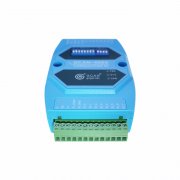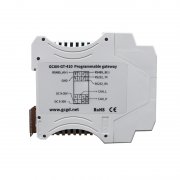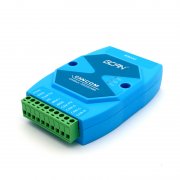why the CAN bus communication card cannot receive data
The so-called can bus communication card is actually the USBCAN analyzer we often use, which is used for data detection, maintenance and development of CAN bus equipment. However, many novices often encounter such a problem when using such devices, that is, they cannot receive data. Why is this? Today, we will study this issue. The specific possible reasons are as follows:
1. The physical connection is wrong
2. The baud rate is set incorrectly
3. No terminal resistance is installed
4. The device sending CAN data is a passive device
The first three points mentioned above are the basis of CAN bus application. If these three points are not done correctly, it will be weird to receive CAN data. Therefore, before using the relevant supporting software to receive CAN data, you must ensure that the USBCAN analyzer and the target CAN bus device are connected with CAN high to CAN high, and CAN low to CAN low. You must not reverse it. What will happen if it is reversed? If it is reversed, the differential voltage signal between the twisted pairs is gone, which means that the CAN data is gone, so what is the reception?
Then there is the problem of baud rate setting. We all know that if you want to establish a connection between two different CAN bus devices, you must make their baud rates the same, which is almost impossible. For example, one is 1000Kbps. The other one must also be this value, otherwise it is really a cross-server chat, and the contact can't be reached. How can I receive the data?
Then the third point is to install a 120 ohm terminal resistor. You don't have to worry about why you want to install it. This is not a problem for you to study. You just install it. Without it, the CAN bus cannot communicate normally. If you say that your USBCAN analyzer and the relevant terminal resistance are integrated, it is good, then you don't need to connect the resistance specially, when you use it, turn on the resistance switch on the device, no additional Even cause duplication.
The first three points that may cause CAN data not to be received are very common, while the fourth point is relatively difficult to understand. Let's briefly explain. In fact, the so-called passive device is the slave device that we often hear. It can only send back a message after receiving the message from the master station, and it cannot actively send the message itself. Now, you may be connected to a CANopen slave device, that is, a passive device, and your USBCAN is the master station. If the master station does not send a message to the slave station, you can count on the slave station to send it directly. ? Therefore, you need to use the USBCAN device to wind up the data to guide it.






